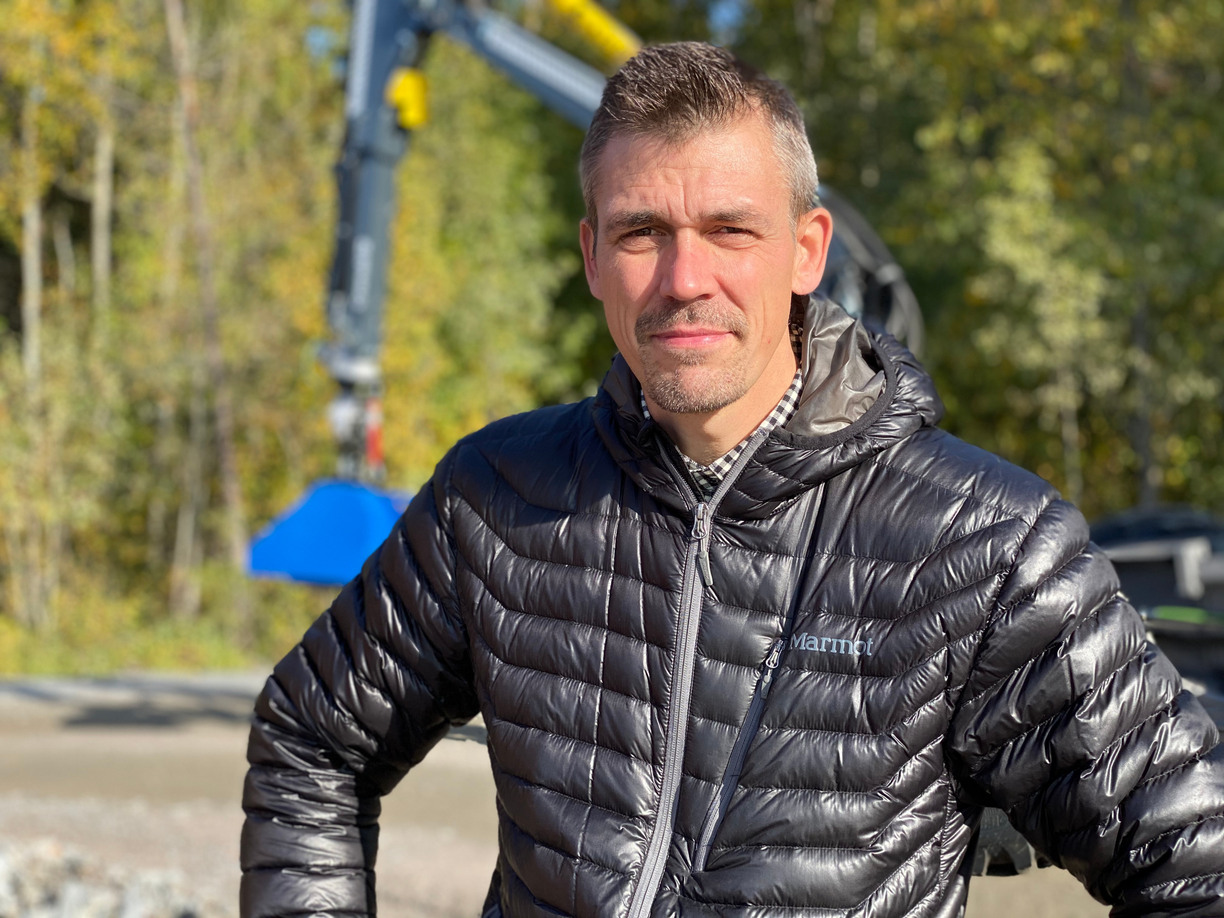
Magnus Karlberg, professor of machine design at Luleå University of Technology.
28 September 2020
Autonomous vehicle ready for the terrain
An autonomous terrain vehicle, designed and built at Luleå University of Technology, is now ready to be tested in the field. – It is a unique machine – there is no one similar in the world as far as we know, says professor Magnus Karlberg.
– We have replaced everything that humans do with intelligence on the machine; with computers working together and controlling it. We have created conditions for the machine to be better than humans, and will now test that, says Magnus Karlberg, professor of machine design at Luleå University of Technology.
In 2014, he and his colleagues began sketching the autonomous terrain vehicle that can be used as a research platform. Since then, Karlberg and other researchers and students at the university have worked to make the vehicle as smart and robust as possible. Now it's ready for the forest.
– The purpose is to conduct tests in a number of areas to develop autonomous technology for machines and other equipment used in agriculture and forestry, says Magnus Karlberg.
Perceive the surroundings
The ten-ton machine can be controlled with a remote control but also be programmed to perform work entirely on its own. The machine is currently powered by biodiesel and is built without a cab, but with conventional driveline, crane, pendulum arms and sensors.
– An autonomous vehicle must be able to perceive its surroundings. We have equipped the machine with sensors so that it can make good decisions and to increase safety. For example, if a person gets too close, the machine should turn itself off.
The autonomous terrain vehicle opens up for a number of research collaborations with, among others, forestry companies and universities in Sweden and abroad. The researchers are for example investigating how soil preparation and transport of biomass can be done in a more sustainable way.
– In the forest, soil damage is a major concern and we want to significantly reduce the proportion of area that is affected. In one of our projects, we are working together with Swedish forest companies to do soil preparation in a completely different way than today, says Magnus Karlberg, sdding:
– We also study productivity. How is it possible to make various operations efficient and cheap, but also environmentally considerate and socially acceptable? We work with research questions to meet these challenges. Due to the machine we can do tests and see that it works in reality and not just in a computer environment.
Autonomos vehicles will change agriculture and forestry, says Magnus Karlberg. But it is still a number of years away before this type of vehicle becomes common in our forests.
– Man will be present even when these vehicles go autonomously in the forest, but will do other things. Instead of sitting in the cab, you may be some distance away and control several vehicles via remote controls.
Published:
Updated:
